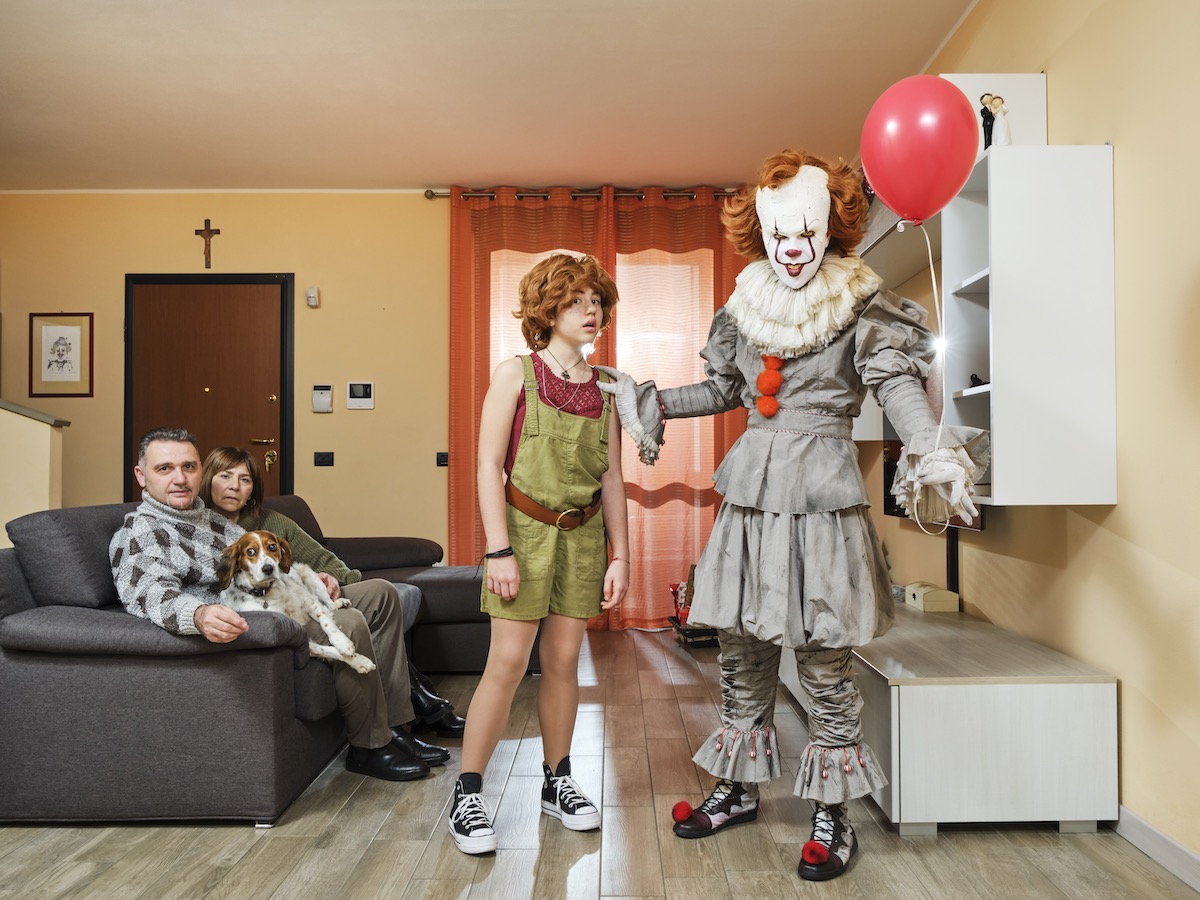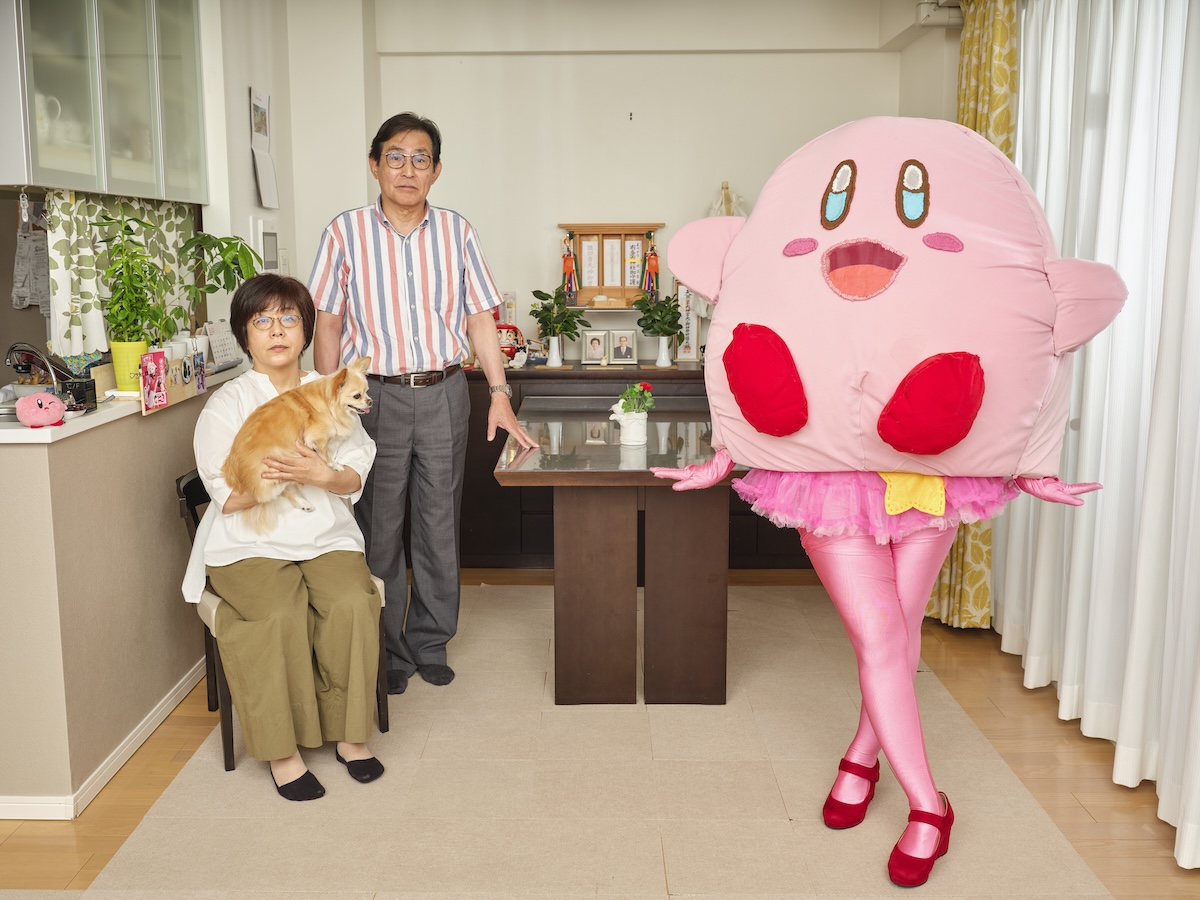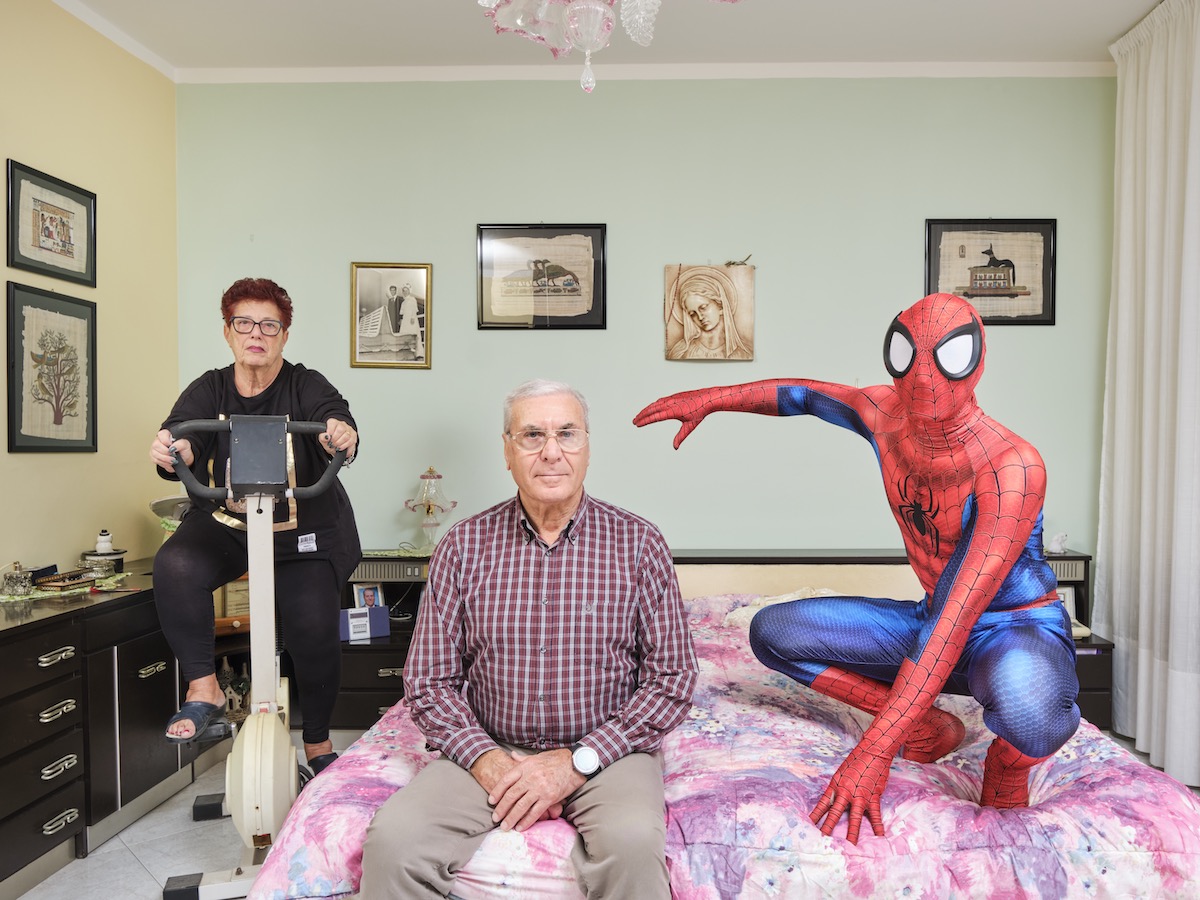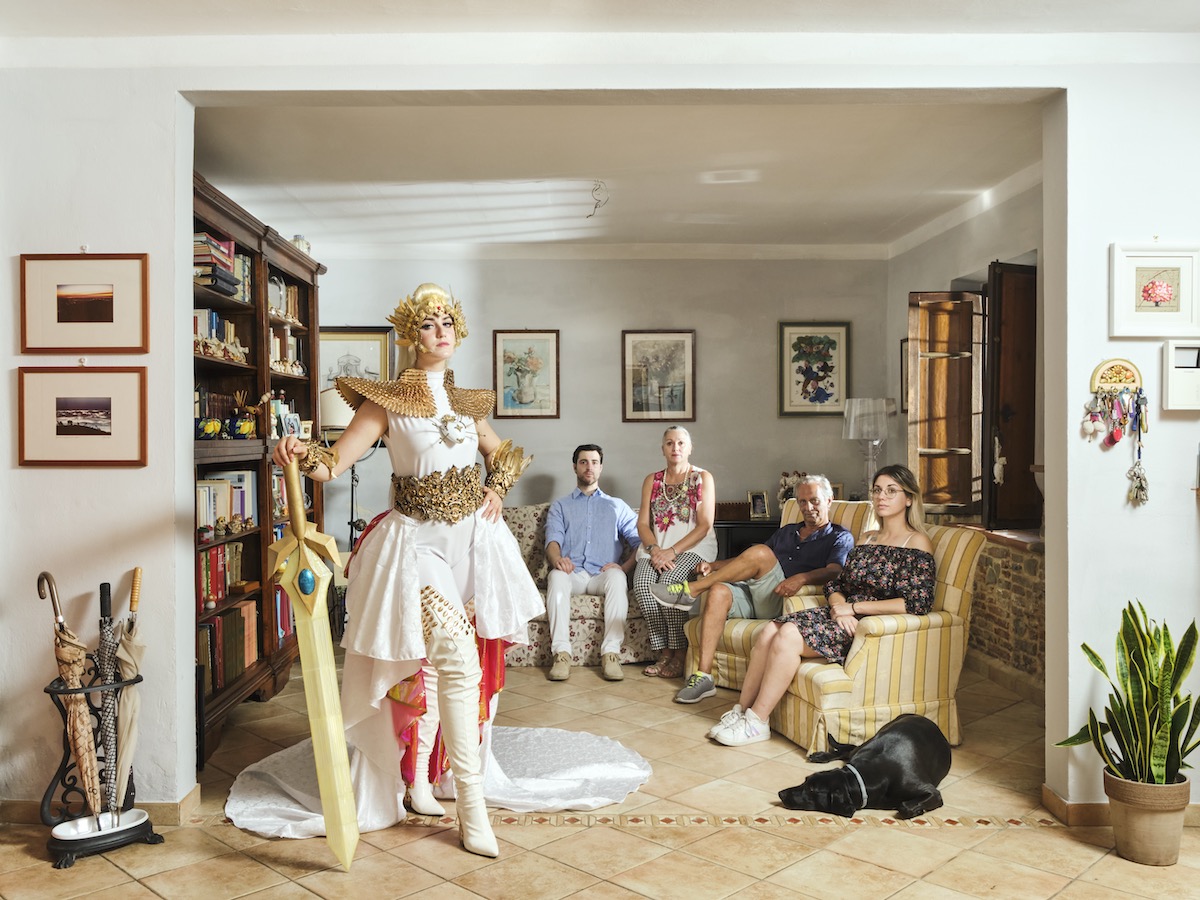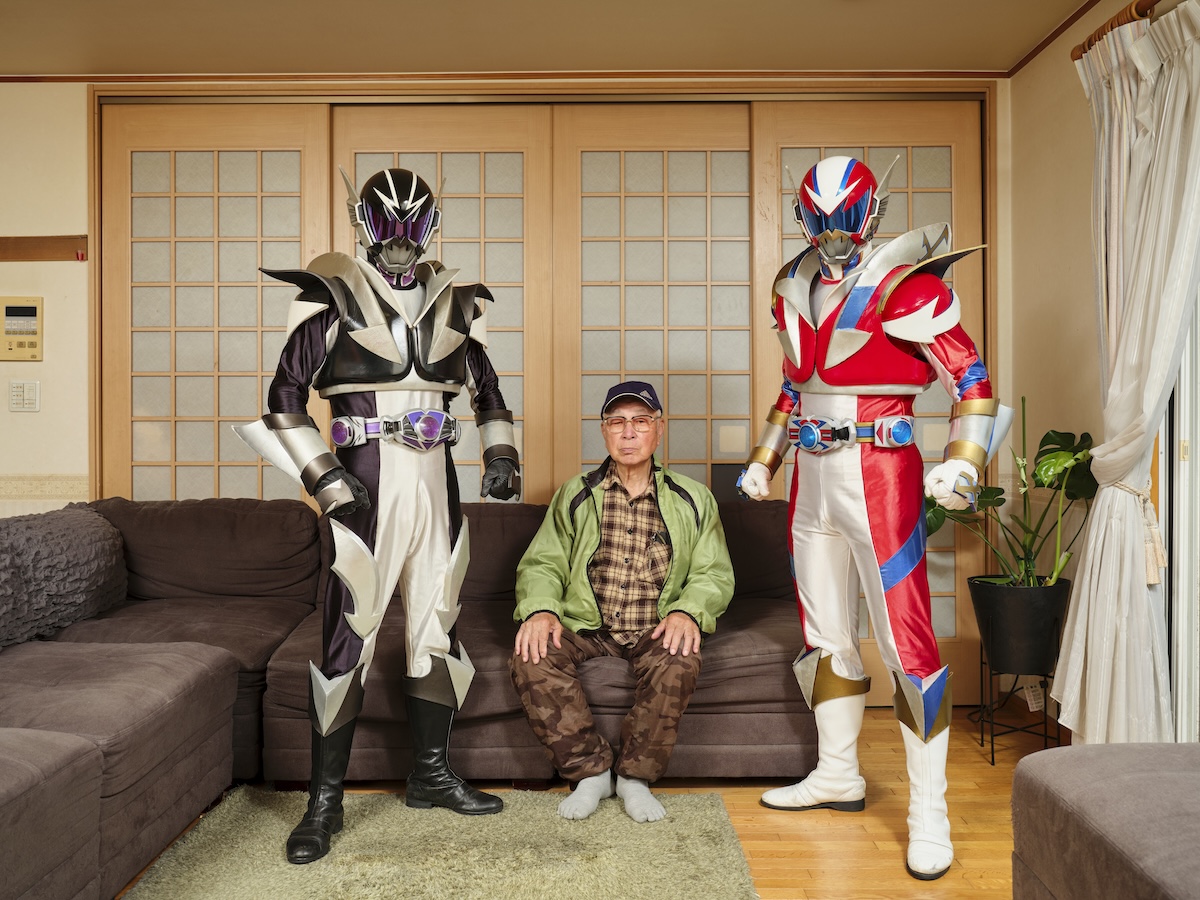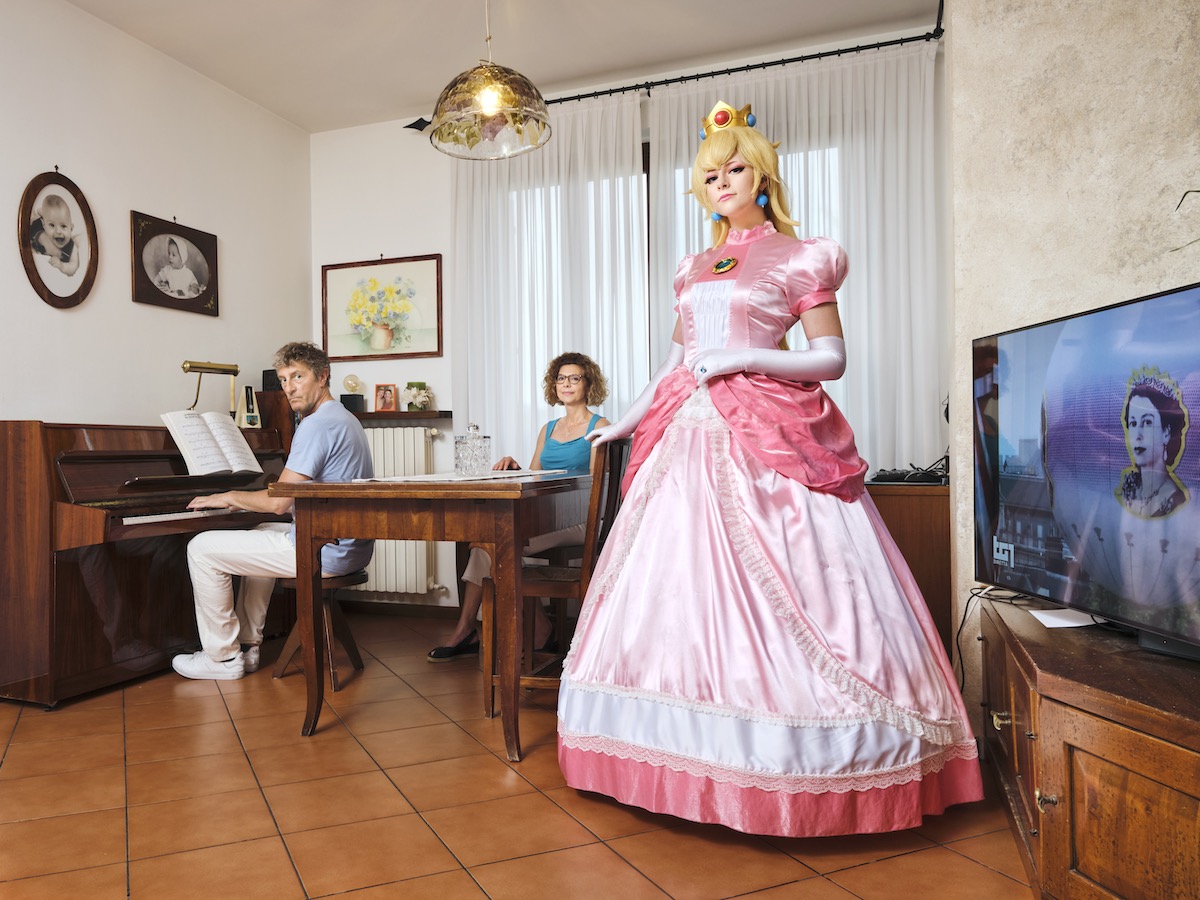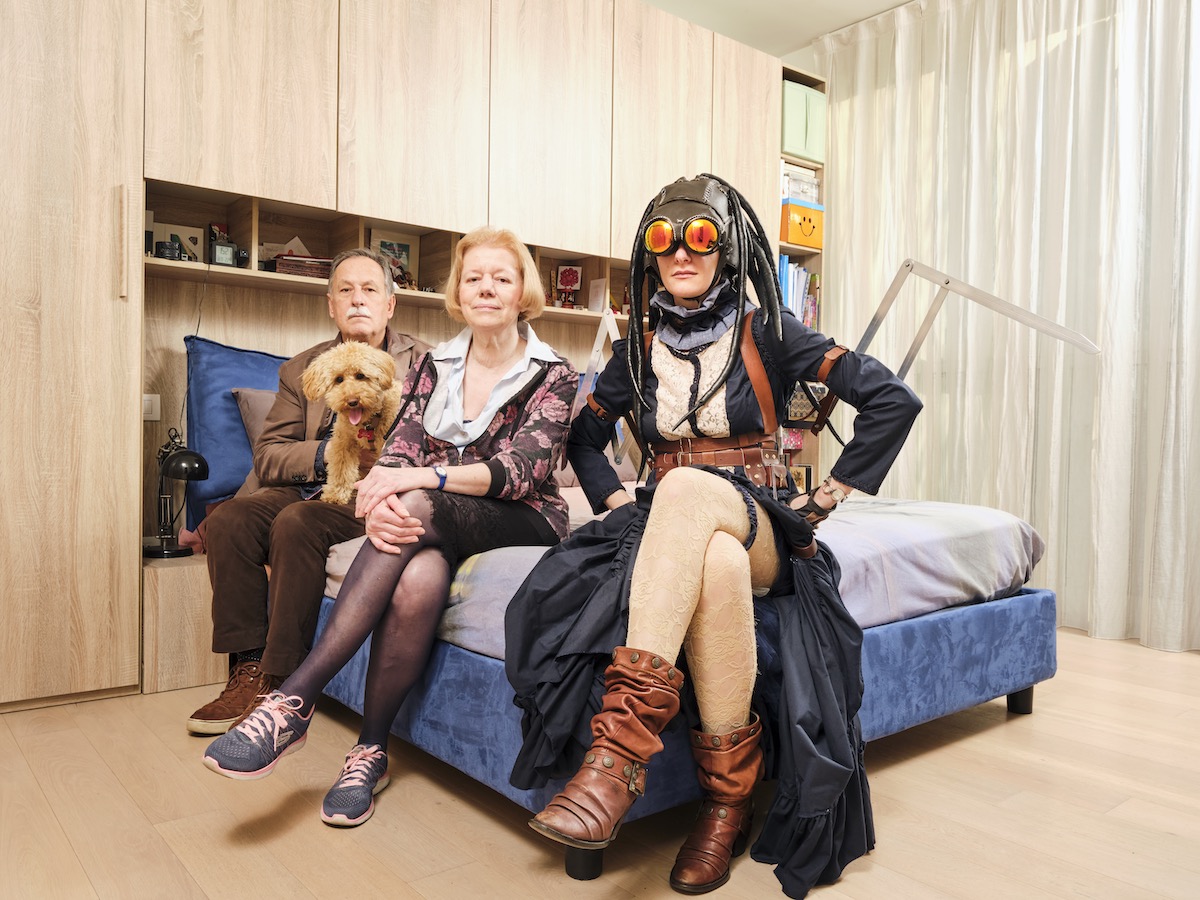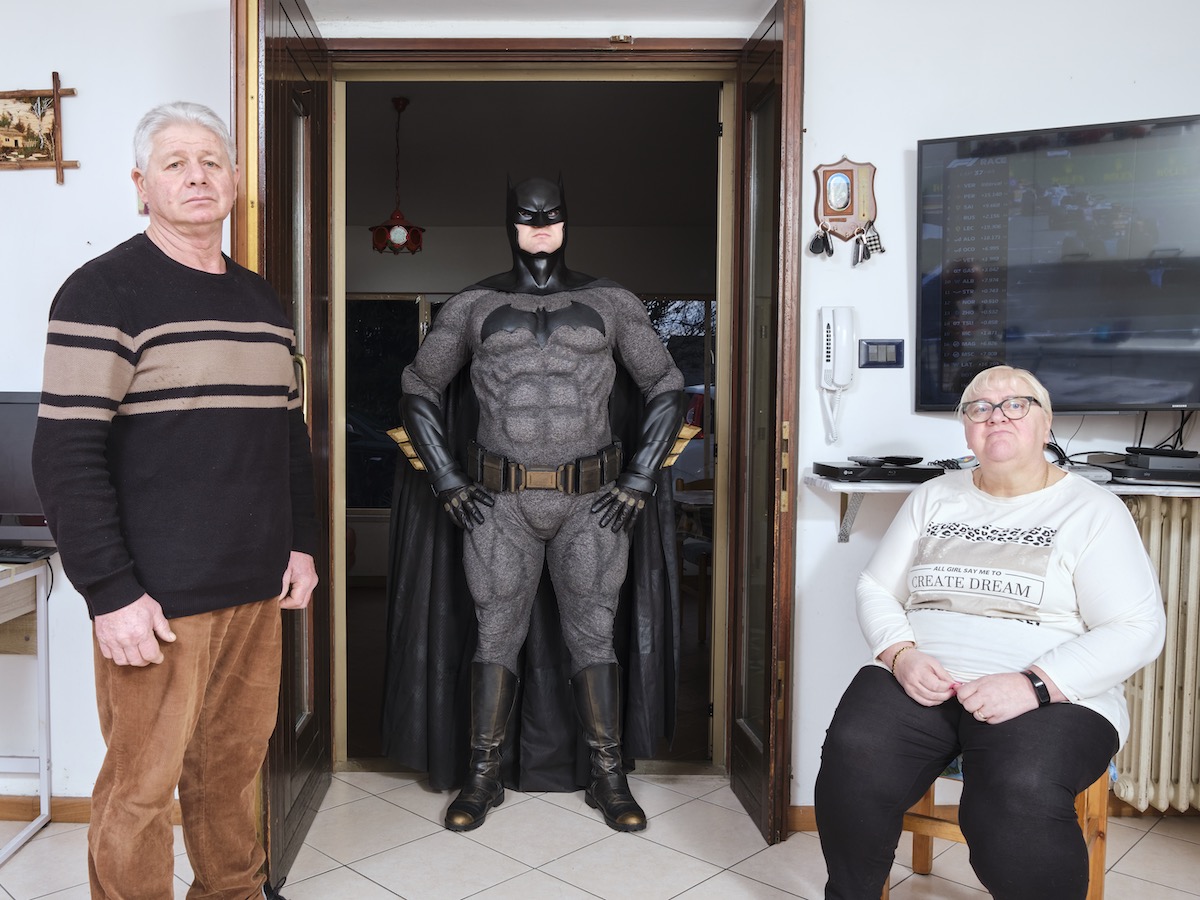They Don't Look Like Me
© Niccolò RastrelliIn recent years, the phenomenon of Cosplay has been expanding worldwide.
The term comes from the abbreviation of “costume + play,” meaning “costume play,” and the expression refers both to the act of dressing up (doing cosplay) and to the costume itself (being in cosplay). The origin of the phenomenon is highly debated: some suggest that cosplay originated in North America in the 1960s when Star Trek and Batman fans dressed up and portrayed their favorite characters, while others believe it dates back to the success of the first comic conventions in Japan in the early 1980s, as a consequence of the popularity of Japanese animation and manga.
Those who practice cosplay typically use the internet frequently, have an intense online life, and devote almost all their free time to this activity. The characters chosen are mostly heroes from anime and manga, but they also imitate characters from video games, classic animated series, comics, and movies.
The project They Don’t Look Like Me aims to explore this widespread phenomenon not only in Europe and Asia but also in Africa. This practice, which has gained significant popularity among young people, responds to a current need, where the body doesn’t have to be beautiful but, above all, must be seen, photographed, and viewed by everyone through the internet and beyond. The various interpretations of the phenomenon are described through a series of portraits, where young protagonists embody characters from the world of animation, exploring new identities for fun, but also to better understand themselves and their personalities.
Drawing inspiration from John Olson’s photographs published in Life magazine in the 1970s, photographer Niccolò Rastrelli traveled to Italy, India, Kenya, and Japan to portray cosplayers like rock stars alongside their families. These amusing images, along with their stories, aim to highlight not only the generational but also the metaphorical contrast between social identity, represented by mom and dad, and individual identity, expressed through fantasy characters. Furthermore, the family portraits offer a representation of cultural diversity while at the same time presenting the image of a phenomenon that is widespread around the world and connects generations of digital natives.
click to view the complete set of images in the archive


